11 Places Where Nature Creates Its Own Light Show
Nature has a way of putting on shows that need no stage or spotlight. From glowing seas and firefly forests to colorful skies and lightning storms, the world is full of places where light naturally takes center stage. These destinations remind us that some of the most breathtaking displays happen when the earth, sky, and water shine on their own.
This post may contain affiliate links, which helps keep this content free. Please read our disclosure for more info.
Luminous Lagoon, Jamaica
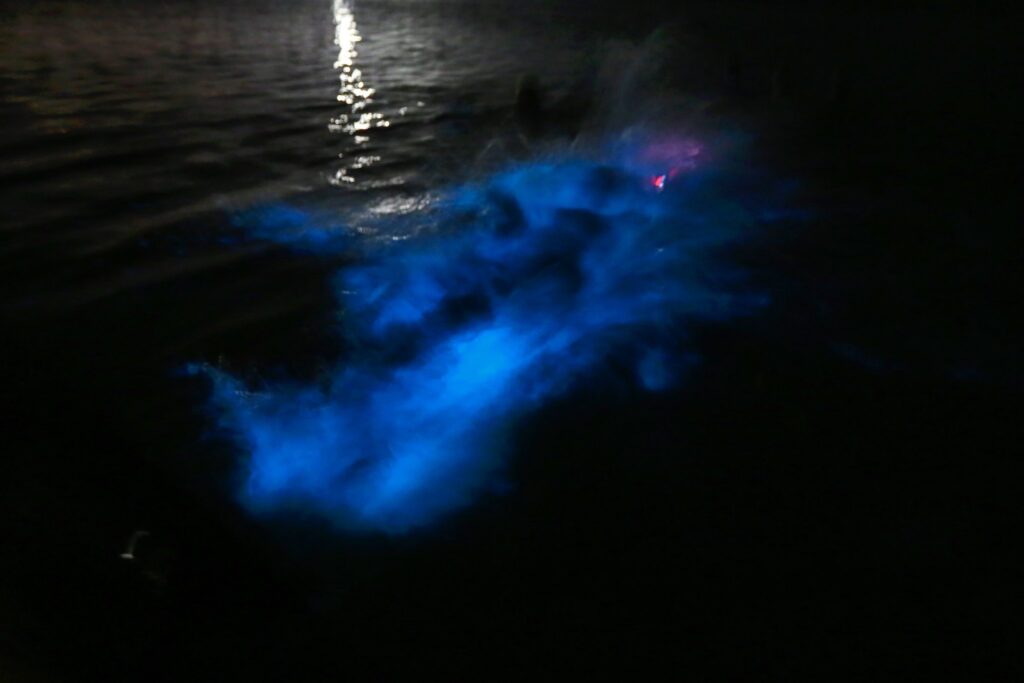
The Luminous Lagoon near Falmouth is another breathtaking site where tiny plankton illuminate the water. At night, every movement—whether from a fish darting past or a hand swirled through the surface—sparks a glowing trail. The light appears as neon blue streaks, and many tours take visitors out to experience it firsthand. The effect is so striking that people often think they’ve stepped into a magical film scene.
The glow is strongest on warm, still nights when the water is calm. Because of the lagoon’s shallow depth and mix of salt and freshwater, conditions are ideal for bioluminescent organisms to flourish. Fishermen in the past were familiar with this glow, but in recent years, eco-tours have made it a sought-after attraction. Protecting the lagoon is critical, as increased tourism has the potential to disturb the fragile ecosystem.
Halong Bay, Vietnam
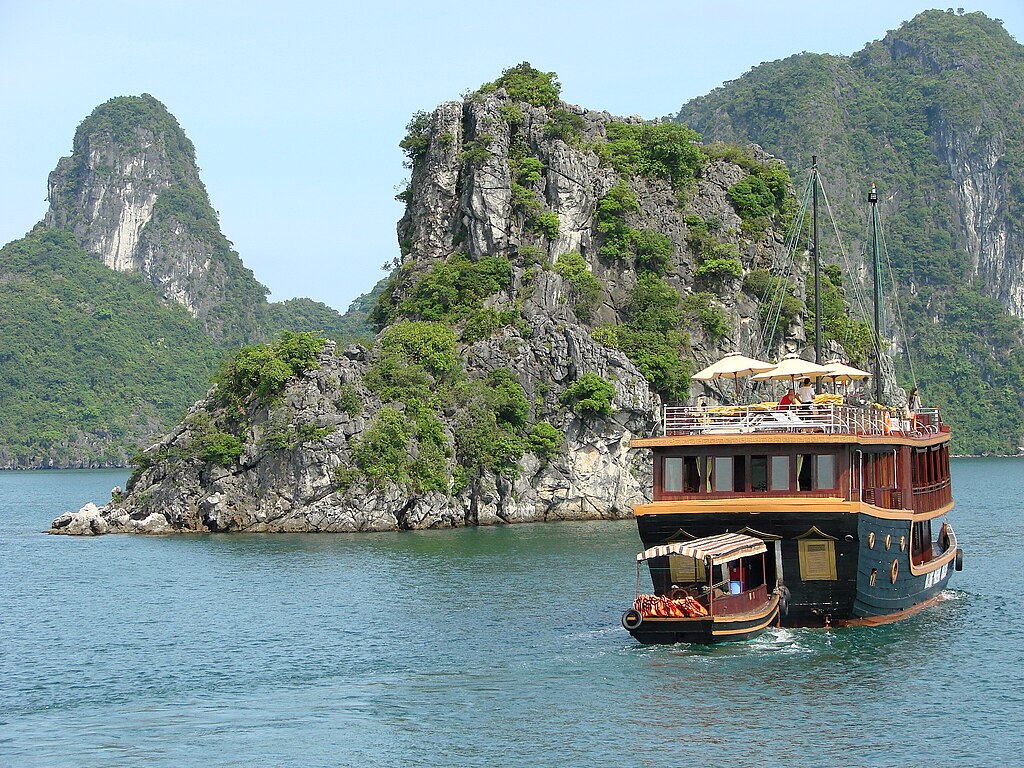
Halong Bay is world-famous for its limestone islands and emerald waters, but by night, it offers something even more enchanting. Bioluminescent plankton float in the water, sparkling like stars when stirred by waves or boats. Kayakers gliding through the bay often leave glowing trails in their wake, creating an unforgettable experience. This natural phenomenon contrasts beautifully with the calm, dark waters around it.
The glow is less predictable here than in dedicated bioluminescent bays, which makes sightings feel more special. Still, the warm waters and nutrient-rich environment support plankton that emit light when disturbed. On summer nights, visitors sometimes find themselves surrounded by glowing waves. It’s a reminder that Halong Bay’s beauty doesn’t end with the sunset—it simply changes form.
Vaadhoo Island, Maldives
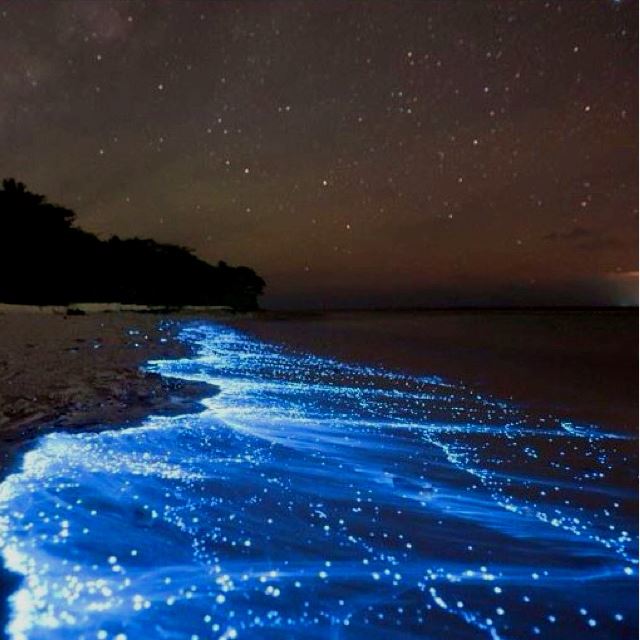
Vaadhoo Island has gained fame for its “Sea of Stars,” where waves sparkle with a luminous blue glow. The phenomenon comes from bioluminescent plankton that react when the water is disturbed. Tourists often walk along the shoreline at night, watching their footsteps light up with every movement. The surreal sight gives the impression of walking under a starry sky, reflected in the ocean itself.
Conditions in the Maldives, with warm waters and rich plankton populations, make places like Vaadhoo especially vibrant. While the glow isn’t constant, sightings peak during late summer. Locals and visitors alike find the glowing beach an unforgettable part of island life. It highlights the quiet beauty of nature, where even a simple wave rolling ashore becomes a glowing performance.
Waitomo Caves, New Zealand
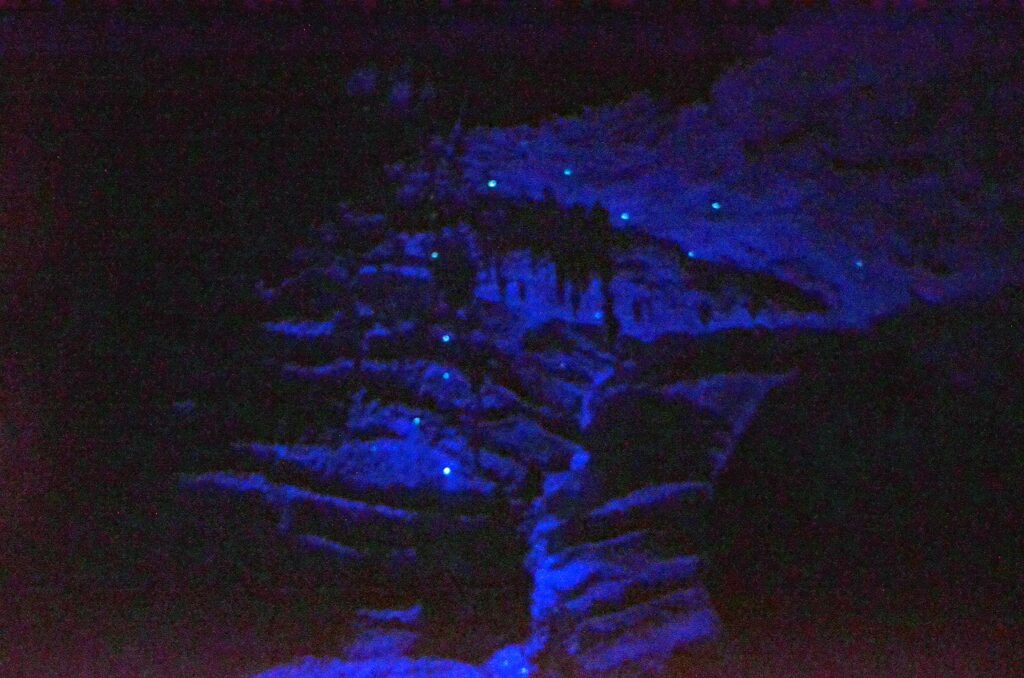
The Waitomo Caves are among the most famous glowworm destinations in the world. Inside these limestone caverns, thousands of glowworms cling to the ceilings and walls, emitting a soft blue-green light. The effect makes the cave look like a starry night sky underground. Guided boat rides allow visitors to glide silently beneath the glowing canopy.
The glowworms use their light to lure prey, with sticky silk threads hanging down like illuminated fishing lines. Scientists have studied them for decades, fascinated by their unique life cycle. Tourism has grown steadily, but conservation and careful management protect the fragile cave environment. Visiting Waitomo feels like stepping into a natural planetarium, powered entirely by insects.
Jomblang Cave, Indonesia
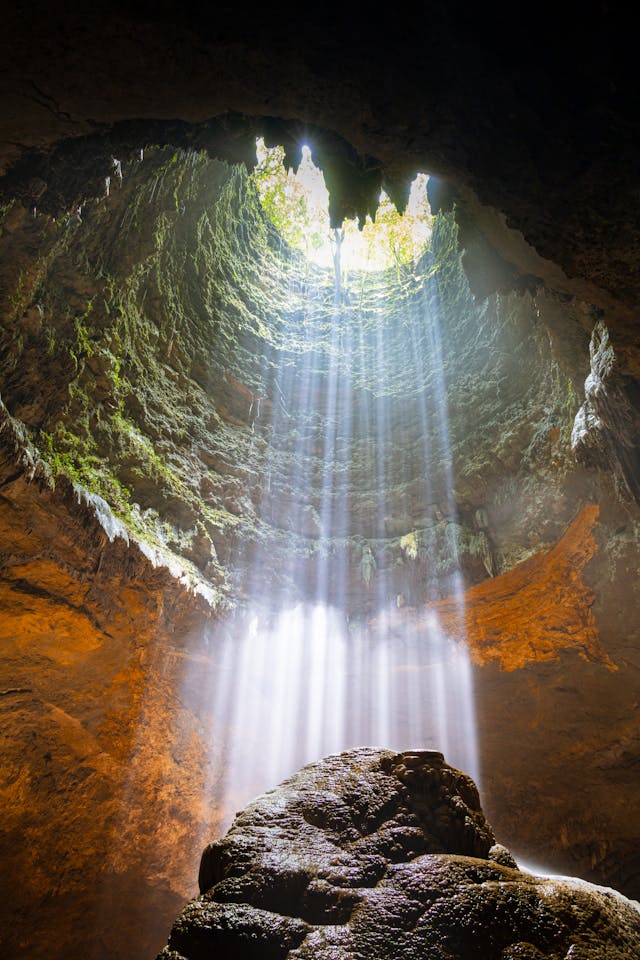
Deep in central Java, Jomblang Cave is known for its vertical shaft entrance and striking beams of sunlight. While most people come for the light streaming in, another hidden spectacle can be found deeper inside. Certain areas of the cave contain glowing fungi and organisms that thrive in the damp environment. When darkness sets in, patches of light flicker across the walls.
The cave’s combination of geology and biology creates an unusual natural show. Visitors rappel down to the cave floor, where mosses, plants, and bioluminescent life cling to the limestone. Guides often point out glowing features during tours, adding to the sense of mystery. For adventurers, Jomblang is both an exploration of darkness and a discovery of light.
Great Smoky Mountains, USA
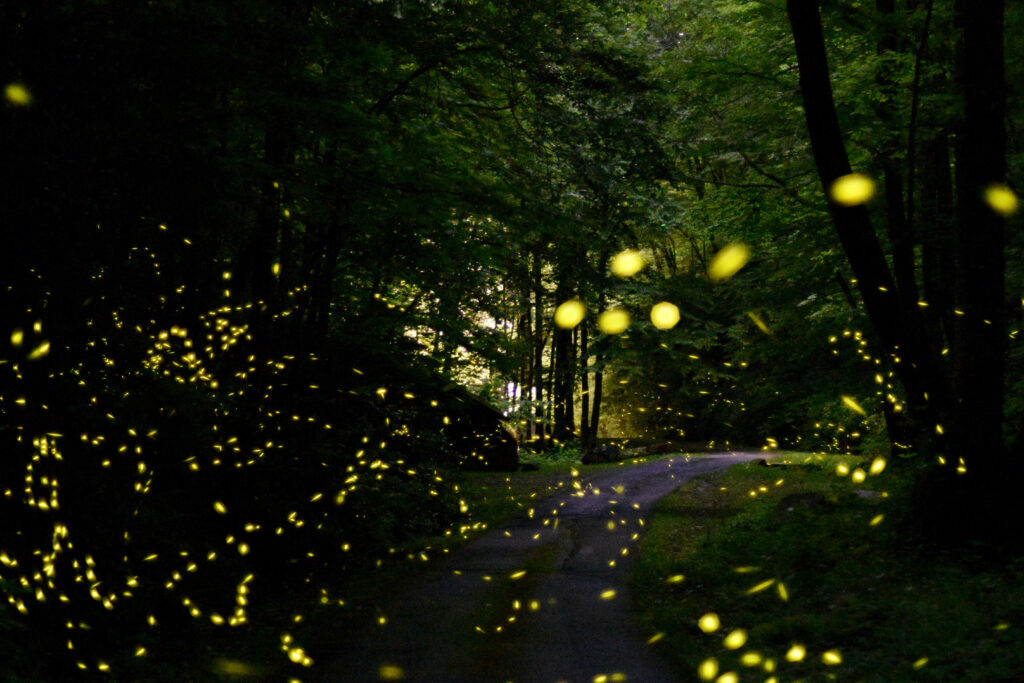
Every summer, the Great Smoky Mountains host a spectacular display of synchronous fireflies. Unlike typical fireflies, these insects flash in unison, creating waves of light that ripple through the forest. Thousands of people gather each year in Tennessee to witness the phenomenon. For many, it feels like the forest itself has come alive with rhythm and glow.
The synchronization happens during the fireflies’ mating season, usually lasting about two weeks. Scientists believe the flashing helps males coordinate with females more effectively. The event is so popular that the National Park Service now manages viewing through a lottery system. Experiencing it in person is unforgettable, as the natural choreography unfolds beneath the night sky.
Tromsø, Norway
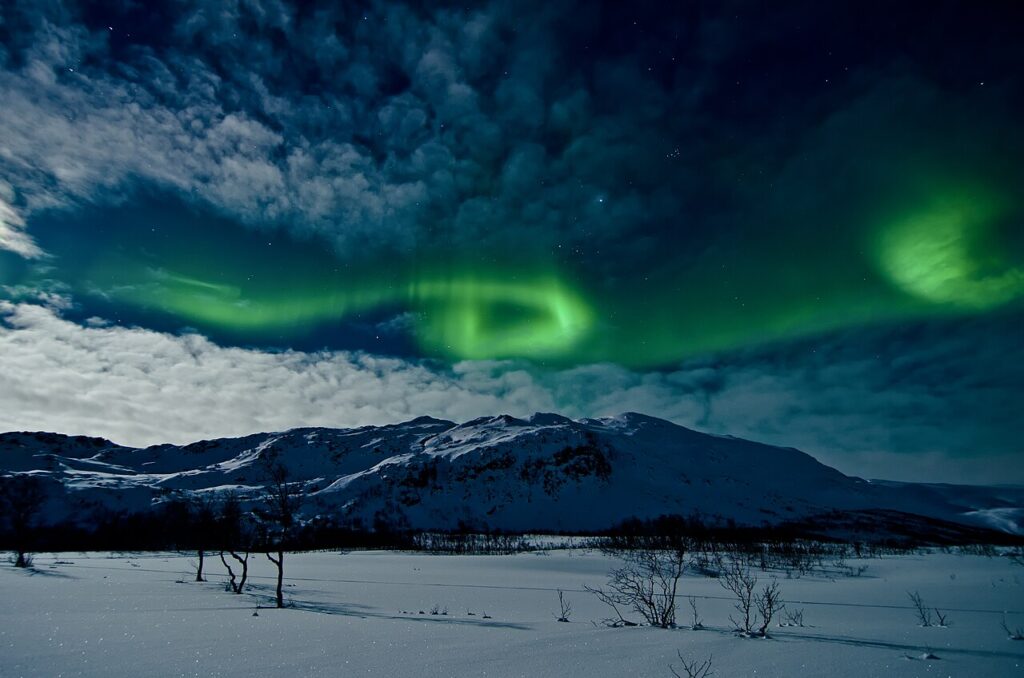
Tromsø is one of the world’s best places to witness the Northern Lights. Located above the Arctic Circle, it offers long winter nights when the aurora borealis frequently dances across the sky. Curtains of green, pink, and purple light ripple overhead, shifting in shapes that seem to flow with the wind. Tourists flock here each year to catch the spectacle.
The aurora occurs when solar particles collide with gases in the Earth’s atmosphere. Tromsø’s location makes it a prime viewing point, and the surrounding mountains often frame the lights beautifully. Many tour operators provide excursions into darker, less populated areas for clearer skies. The combination of natural science and sheer beauty makes Tromsø a destination unlike any other.
Fairbanks, Alaska, USA
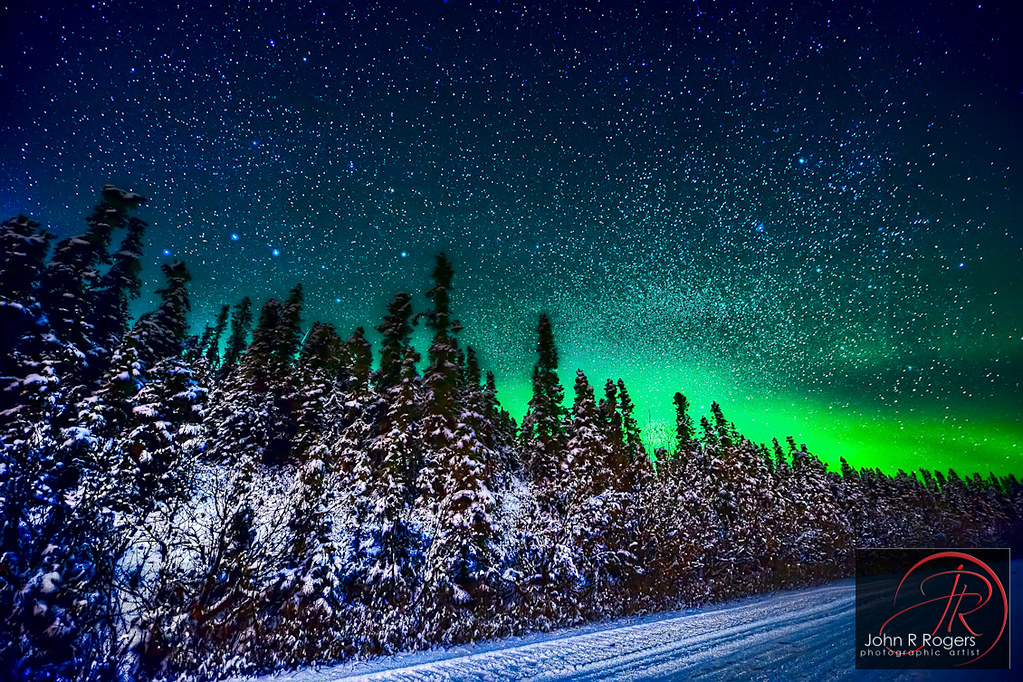
Fairbanks is one of the most accessible places in North America to see the Northern Lights. Its location near the Arctic Circle gives it a strong chance of aurora activity during the long winter months. Visitors can step outside of town into clear, dark skies and often find themselves greeted by ribbons of green and purple. Many lodges and tours even cater specifically to aurora watchers.
The city has developed a reputation as a hub for aurora tourism. Local experts monitor solar activity and help guests maximize their chances of seeing the lights. The surrounding wilderness, with snowy landscapes and frozen rivers, makes the display even more striking. In Fairbanks, the aurora is both a scientific event and a cultural attraction that draws travelers year after year.
Yellowknife, Canada
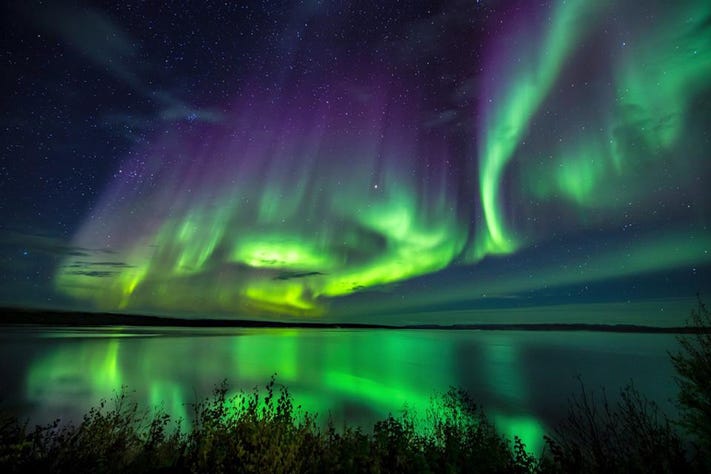
Yellowknife in Canada’s Northwest Territories is another hotspot for aurora sightings. Its clear winter nights and northern location make it one of the most reliable viewing destinations in the world. Visitors often witness sweeping curtains of light that stretch across the horizon. The reflection of the aurora on frozen lakes adds to the beauty.
Aurora viewing camps and lodges around Yellowknife provide warm shelters for those braving the cold nights. Indigenous guides also share cultural stories connected to the northern lights, adding a layer of tradition to the experience. The city’s relatively small size means light pollution is low, giving a clear view of the skies. For many travelers, Yellowknife offers a rare chance to watch science and folklore merge in one glowing spectacle.
Iceland
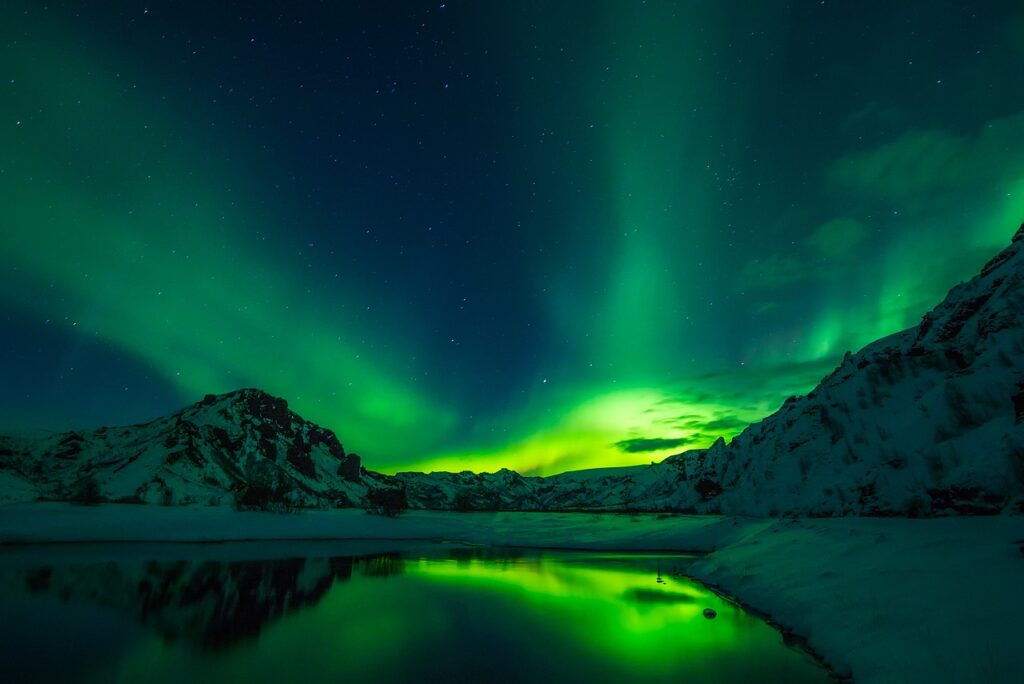
Iceland’s wide-open landscapes make it an ideal stage for the northern lights. The country’s long nights and frequent aurora activity allow visitors many chances to witness the show. Whether viewed over glaciers, volcanic fields, or black-sand beaches, the shifting colors stand out against dramatic backdrops. Many people plan entire trips around the possibility of catching the lights here.
The aurora often appears strongest in remote areas, away from Reykjavik and other towns. Tour operators lead excursions into the countryside, where the skies are darkest. Clear weather plays an important role, and winter storms can sometimes hide the display. Still, Iceland’s reputation as a land of fire, ice, and light makes it one of the most memorable aurora destinations.
Antarctica
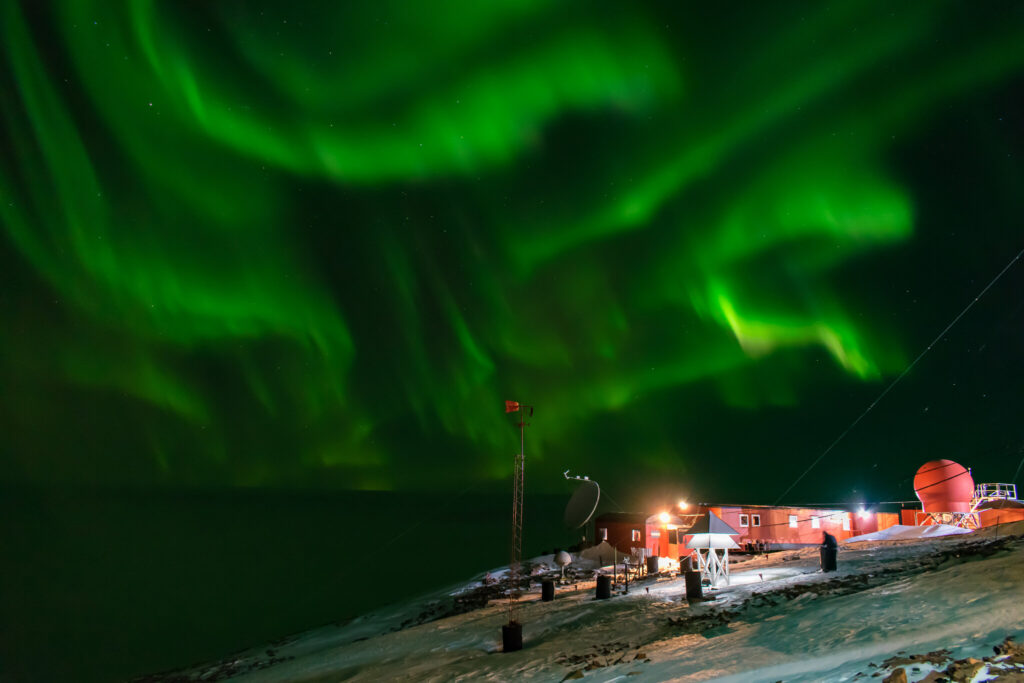
The Southern Lights, or aurora australis, can be seen in Antarctica with unmatched clarity. Unlike the northern hemisphere, where the aurora shares the stage with civilization, here the lights unfold in complete isolation. Bands of green, pink, and violet arc across the endless night sky. Scientists stationed at research bases are often among the few to witness the display.
The remoteness of Antarctica means few travelers will ever see the lights here. Expeditions and specialized cruises occasionally give adventurous tourists the chance. The pristine air and lack of artificial light make the aurora australis particularly vivid. In such a stark and frozen setting, the glowing sky feels like one of nature’s purest spectacles.
This article originally appeared on Avocadu.
